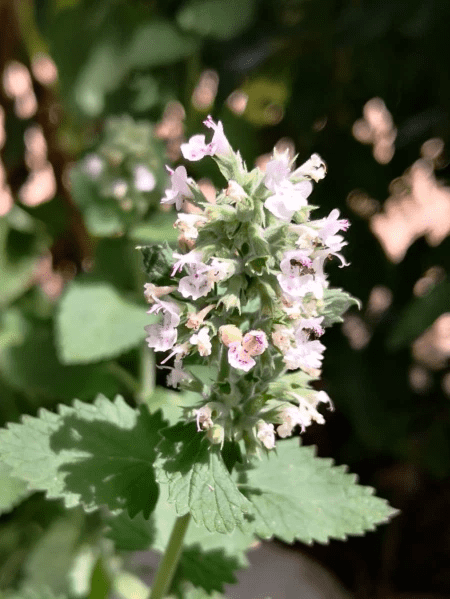
Catnip (Nepeta cataria)
Catnip, also known as Catwort
Nepeta cataria, also known as catnip, is a perennial herb from the mint family. In gardens, it's valued for its decorative leaves and small, lavender-hued flowers. Catnip is famous for its unique effect on cats, often inducing a playful or relaxed state. It's frequently used in cat toys or sprinkled on items to attract and entertain cats.
Key Facts About Catnip
Attributes of Catnip
Scientific Classification of Catnip
Toxicity
Golden pothos contains a chemical called calcium oxalate, which is mildly toxic to humans if ingested or if the skin comes into significant physical contact with its sap. Symptoms of ingesting golden pothos may include eczema (itchy, red, swollen, irritated skin), burning, inflammation of the mouth, and vomiting. Contact with the sap can also cause dermatitis: an uncomfortable, itchy rash. The leaves of the golden pothos, if ingested by dogs, will irritate the mouth and gastrointestinal tract. Chewing the leaves or stems of this plant by cats causes intense irritation of the mouth, tongue, and lips, and results in drooling or vomiting.